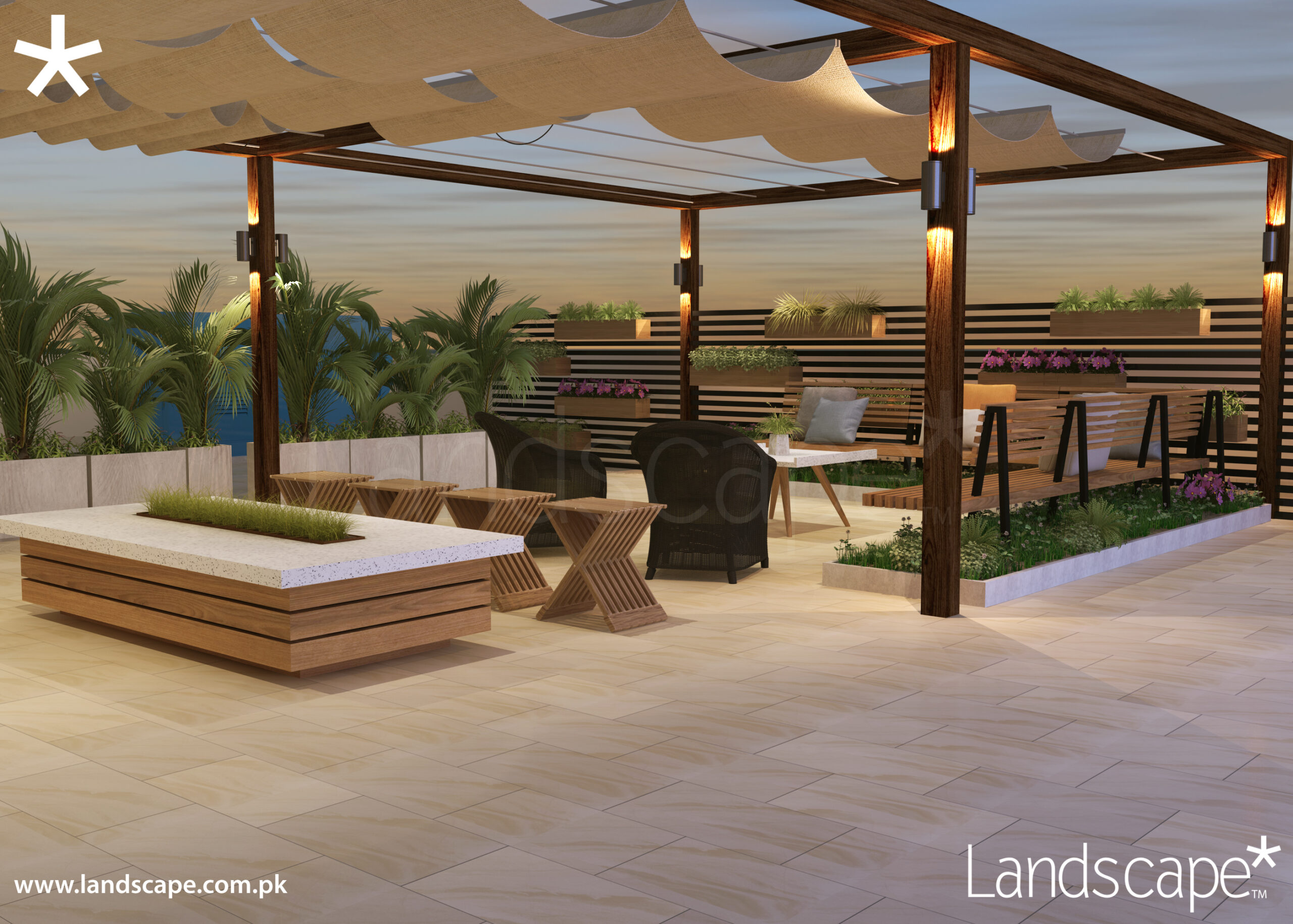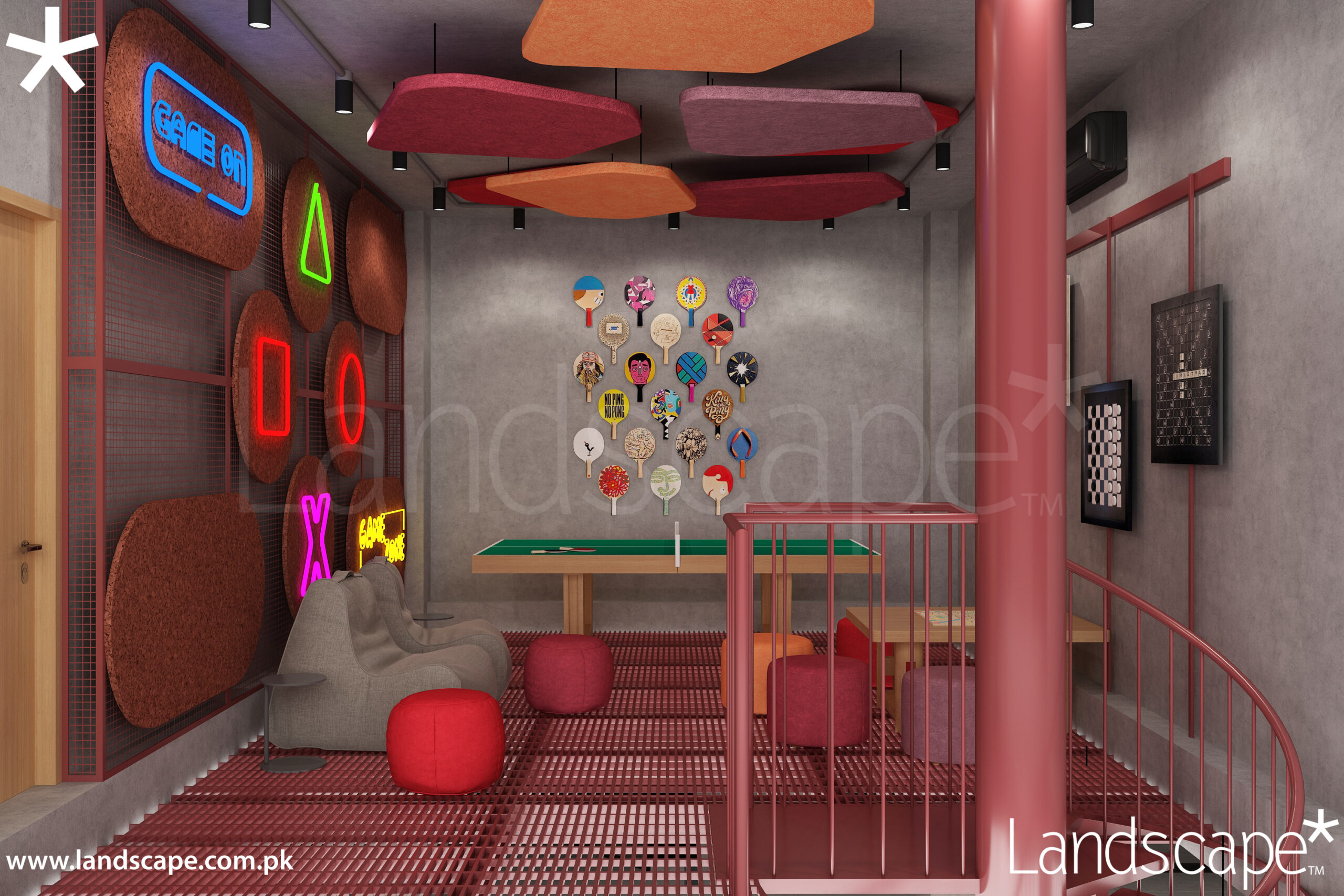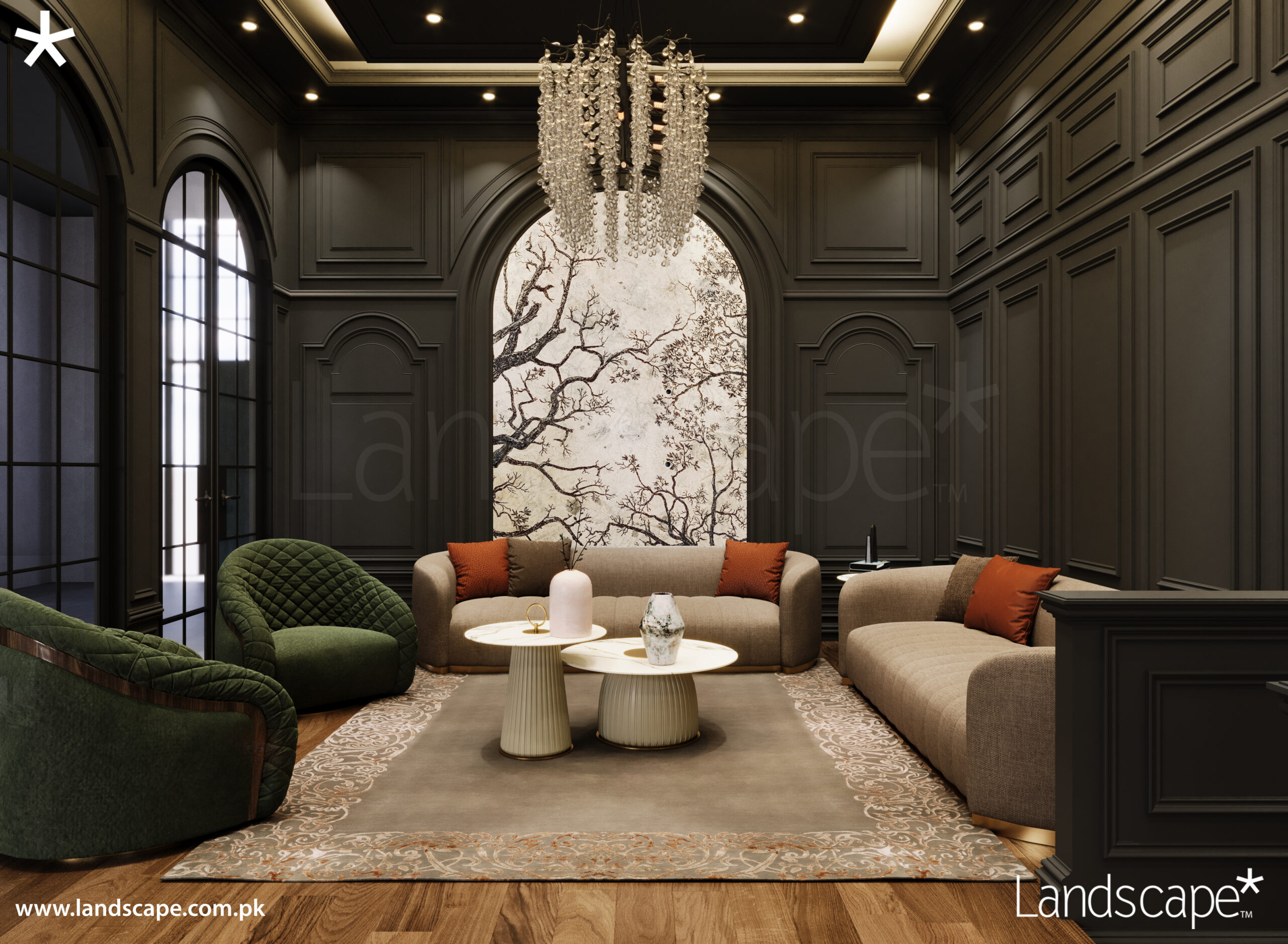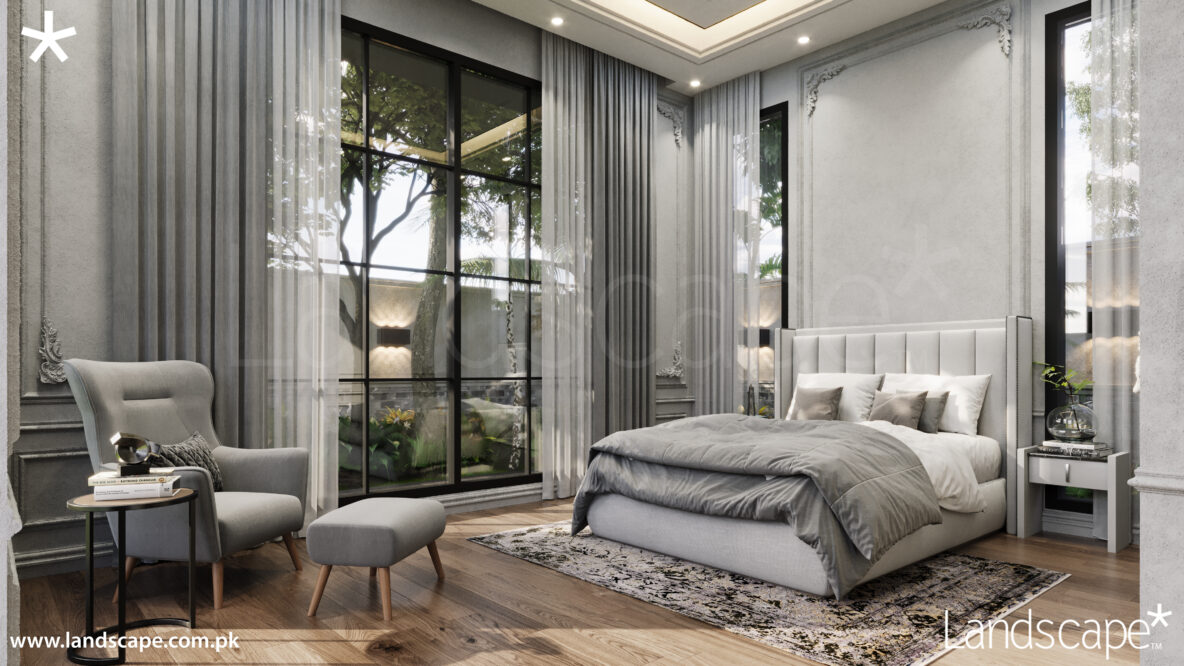Home interior design is more than just arranging furniture and picking out paint colors; it’s about creating a space that reflects your personality, meets your functional needs, and enhances your well-being. In today’s fast-paced world, a well-designed home can serve as a sanctuary, offering comfort, inspiration, and peace. Whether you’re planning a complete home renovation or simply want to refresh a single room, understanding the fundamentals of home interior design is key to achieving a cohesive and aesthetically pleasing space.
The first step in any
interior design project is to understand the space you’re working with. This involves considering the room’s size, natural light, and the purpose it will serve. For instance, a living room designed for entertaining guests will have different requirements than a bedroom meant for rest and relaxation.

1. Functionality: Start by defining the purpose of the space. Will it be used for cooking, sleeping, working, or entertaining? The function of the room will dictate the layout, furniture, and even the color scheme. For example, a kitchen needs ample counter space and storage, while a living room may benefit from comfortable seating and a focal point like a fireplace or a large window.
2. Style: Next, determine the style that resonates with you. Whether you prefer a modern, minimalist look or a cozy, rustic feel, your style should guide your choices in furniture, decor, and color palette. Mixing styles can also be effective, as long as there’s a unifying element to tie the space together.
3. Color Schemes: Color has a profound impact on the mood and atmosphere of a room. Light, neutral colors can make a small space feel larger, while darker tones create a sense of coziness and intimacy. Consider using a monochromatic color scheme for a harmonious look or a complementary color scheme for a more dynamic and vibrant space.
When designing your home’s interior, several key elements come into play. These include lighting, furniture, textures, and accessories, all of which contribute to the overall feel and functionality of the space.

1. Lighting: Good lighting is essential in any interior design project. It not only illuminates the space but also highlights architectural features and decor. Natural light is always preferable, so maximize windows and use sheer curtains to allow sunlight to fill the room. In areas where natural light is limited, incorporate a mix of ambient, task, and accent lighting to create depth and warmth.
2. Furniture: Furniture is the backbone of interior design. Choose pieces that are both functional and stylish. Consider the scale of the furniture in relation to the room size; oversized furniture can make a room feel cramped, while too-small pieces can make it feel sparse. Opt for quality materials and timeless designs that can evolve with your taste over time.
3. Textures and Materials: Introducing different textures and materials adds interest and depth to a room. Mix soft fabrics like cotton and linen with harder materials like wood and metal. Rugs, cushions, and throws can soften the look of a room and make it more inviting.
4. Accessories: Accessories are the finishing touches that bring personality to a space. Artwork, plants, and decorative objects can add color and character, making the space feel uniquely yours. However, be mindful not to over-accessorize, as clutter can detract from the overall design.


To create a space that is both beautiful and functional, keep these practical tips in mind:
⦁ Declutter regularly to maintain a clean and organized environment.
⦁ Invest in quality over quantity when it comes to furniture and decor.
⦁ Layer your lighting to create a versatile space that can be adapted for different moods and activities.
⦁ Personalize your space with items that have sentimental value or reflect your interests and passions.
Home interior design is an art form that requires careful planning and a keen eye for detail. By understanding the basics, considering key elements, and following practical tips, you can transform your home into a space that not only looks beautiful but also enhances your quality of life. Whether you’re redesigning a single room or your entire home, remember that the ultimate goal is to create a space that feels comfortable, functional, and truly yours.
 1. Functionality: Start by defining the purpose of the space. Will it be used for cooking, sleeping, working, or entertaining? The function of the room will dictate the layout, furniture, and even the color scheme. For example, a kitchen needs ample counter space and storage, while a living room may benefit from comfortable seating and a focal point like a fireplace or a large window.
2. Style: Next, determine the style that resonates with you. Whether you prefer a modern, minimalist look or a cozy, rustic feel, your style should guide your choices in furniture, decor, and color palette. Mixing styles can also be effective, as long as there’s a unifying element to tie the space together.
3. Color Schemes: Color has a profound impact on the mood and atmosphere of a room. Light, neutral colors can make a small space feel larger, while darker tones create a sense of coziness and intimacy. Consider using a monochromatic color scheme for a harmonious look or a complementary color scheme for a more dynamic and vibrant space.
When designing your home’s interior, several key elements come into play. These include lighting, furniture, textures, and accessories, all of which contribute to the overall feel and functionality of the space.
1. Functionality: Start by defining the purpose of the space. Will it be used for cooking, sleeping, working, or entertaining? The function of the room will dictate the layout, furniture, and even the color scheme. For example, a kitchen needs ample counter space and storage, while a living room may benefit from comfortable seating and a focal point like a fireplace or a large window.
2. Style: Next, determine the style that resonates with you. Whether you prefer a modern, minimalist look or a cozy, rustic feel, your style should guide your choices in furniture, decor, and color palette. Mixing styles can also be effective, as long as there’s a unifying element to tie the space together.
3. Color Schemes: Color has a profound impact on the mood and atmosphere of a room. Light, neutral colors can make a small space feel larger, while darker tones create a sense of coziness and intimacy. Consider using a monochromatic color scheme for a harmonious look or a complementary color scheme for a more dynamic and vibrant space.
When designing your home’s interior, several key elements come into play. These include lighting, furniture, textures, and accessories, all of which contribute to the overall feel and functionality of the space.
 1. Lighting: Good lighting is essential in any interior design project. It not only illuminates the space but also highlights architectural features and decor. Natural light is always preferable, so maximize windows and use sheer curtains to allow sunlight to fill the room. In areas where natural light is limited, incorporate a mix of ambient, task, and accent lighting to create depth and warmth.
2. Furniture: Furniture is the backbone of interior design. Choose pieces that are both functional and stylish. Consider the scale of the furniture in relation to the room size; oversized furniture can make a room feel cramped, while too-small pieces can make it feel sparse. Opt for quality materials and timeless designs that can evolve with your taste over time.
3. Textures and Materials: Introducing different textures and materials adds interest and depth to a room. Mix soft fabrics like cotton and linen with harder materials like wood and metal. Rugs, cushions, and throws can soften the look of a room and make it more inviting.
4. Accessories: Accessories are the finishing touches that bring personality to a space. Artwork, plants, and decorative objects can add color and character, making the space feel uniquely yours. However, be mindful not to over-accessorize, as clutter can detract from the overall design.
1. Lighting: Good lighting is essential in any interior design project. It not only illuminates the space but also highlights architectural features and decor. Natural light is always preferable, so maximize windows and use sheer curtains to allow sunlight to fill the room. In areas where natural light is limited, incorporate a mix of ambient, task, and accent lighting to create depth and warmth.
2. Furniture: Furniture is the backbone of interior design. Choose pieces that are both functional and stylish. Consider the scale of the furniture in relation to the room size; oversized furniture can make a room feel cramped, while too-small pieces can make it feel sparse. Opt for quality materials and timeless designs that can evolve with your taste over time.
3. Textures and Materials: Introducing different textures and materials adds interest and depth to a room. Mix soft fabrics like cotton and linen with harder materials like wood and metal. Rugs, cushions, and throws can soften the look of a room and make it more inviting.
4. Accessories: Accessories are the finishing touches that bring personality to a space. Artwork, plants, and decorative objects can add color and character, making the space feel uniquely yours. However, be mindful not to over-accessorize, as clutter can detract from the overall design.

 To create a space that is both beautiful and functional, keep these practical tips in mind:
⦁ Declutter regularly to maintain a clean and organized environment.
⦁ Invest in quality over quantity when it comes to furniture and decor.
⦁ Layer your lighting to create a versatile space that can be adapted for different moods and activities.
⦁ Personalize your space with items that have sentimental value or reflect your interests and passions.
Home interior design is an art form that requires careful planning and a keen eye for detail. By understanding the basics, considering key elements, and following practical tips, you can transform your home into a space that not only looks beautiful but also enhances your quality of life. Whether you’re redesigning a single room or your entire home, remember that the ultimate goal is to create a space that feels comfortable, functional, and truly yours.
To create a space that is both beautiful and functional, keep these practical tips in mind:
⦁ Declutter regularly to maintain a clean and organized environment.
⦁ Invest in quality over quantity when it comes to furniture and decor.
⦁ Layer your lighting to create a versatile space that can be adapted for different moods and activities.
⦁ Personalize your space with items that have sentimental value or reflect your interests and passions.
Home interior design is an art form that requires careful planning and a keen eye for detail. By understanding the basics, considering key elements, and following practical tips, you can transform your home into a space that not only looks beautiful but also enhances your quality of life. Whether you’re redesigning a single room or your entire home, remember that the ultimate goal is to create a space that feels comfortable, functional, and truly yours.

